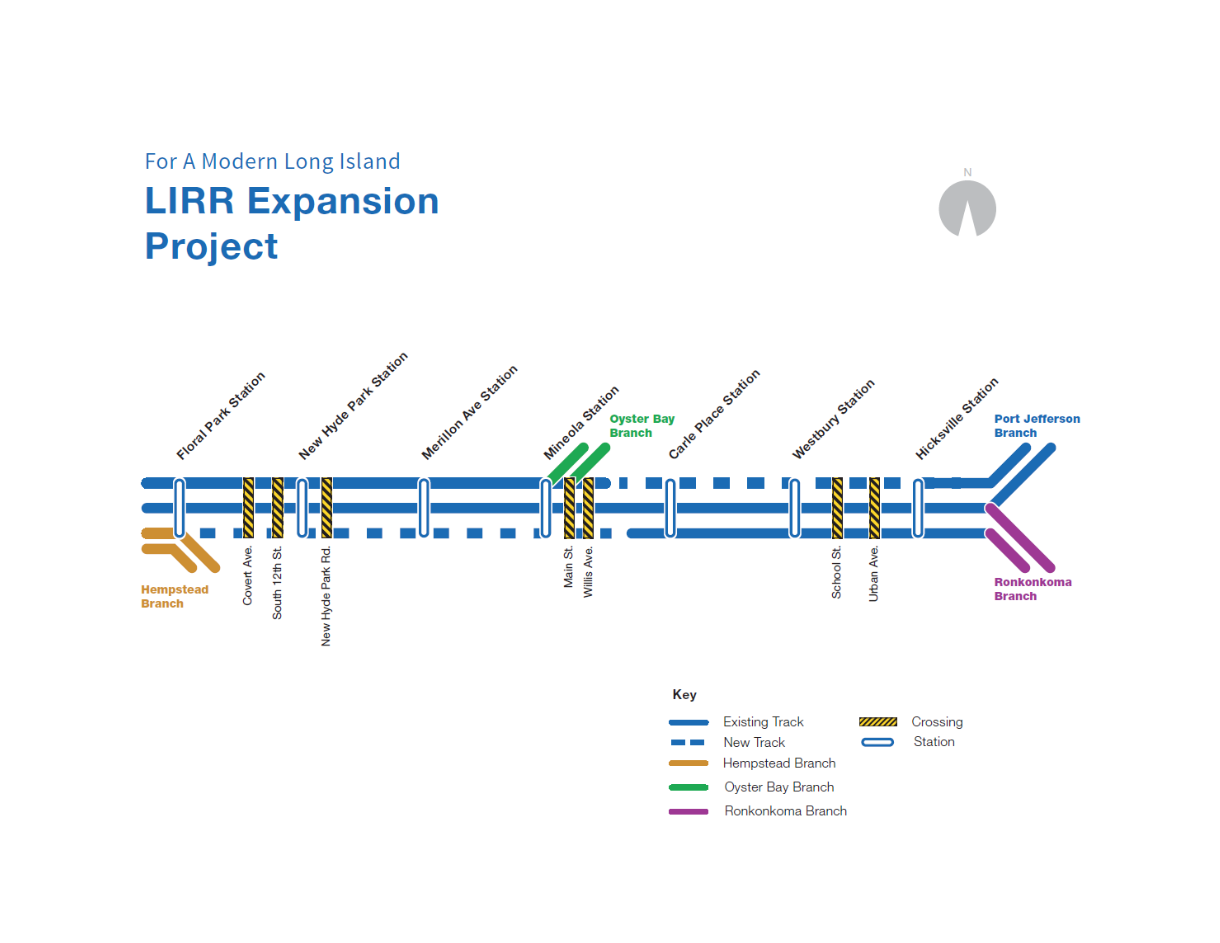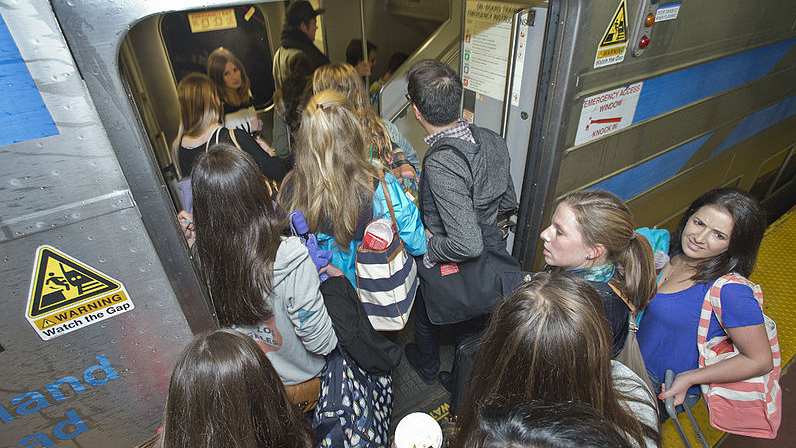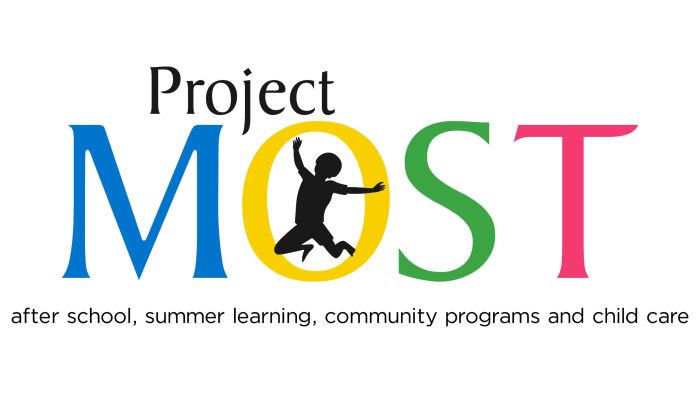Gov. Andrew Cuomo on Tuesday announced that a controversial Long Island Rail Road expansion project is no longer predicated on the agency’s acquiring homes in the long-sought third track’s path.
The LIRR’s reversal came on the same day Cuomo joined the Long Island Association for an event announcing the formation of a broad coalition called “Right Track for Long Island” that is committed to seeing the project move forward.
“You have one of the worst commutes in the country on Long Island, literally one of the worst in terms of hours and time,” said Cuomo, adding that the project would alleviate some of the railroad’s woes.
To limit congestion, the LIRR has envisioned a 9.8-mile-long third track between Floral Park and Hicksville that would run along the current right of way.
The controversial $1.5 billion expansion once hinged on the railroad acquiring at least 20 residential properties along the route, but that is no longer on the table, Cuomo said.
The Right Track for Long Island Coalition includes a number of leading business organizations, labor unions, research institutions, environmental groups such as Citizens Campaign for the Environment and the commuter advocacy group, Long Island Railroad Commuter Council.
The extension is part of a much more ambitious attempt to improve the railroad’s infrastructure. It also includes a review of seven of the busiest grade crossings in the region in order to eliminate potential collisions between trains and vehicles stuck at the crossings.
Bill Corbett Sr., a Floral Park resident and staunch opponent of the proposal, said construction of a third track would create considerable disruptions for people living in the affected communities.
“We’re really upset with the governor,” Corbett said, adding that construction will be “very unpleasant for a lot of people.”
“The thought that this can be done without intruding on private property is absurd,” he added.
But proponents of the project believe the supposed benefits are hard to ignore.
“One track is always out; it seems like,” Cuomo said, adding that the third track would serve as a redundancy in the event another track goes off line.

The governor argued that the LIRR’s current two-track system limits how it can perform, especially during peak times, when the railroad has no choice but to run trains in a single direction between Floral Park and Hicksville. Adding a third track would uncork the bottleneck and reduce delays, according to the governor’s proposal.
Former Greenport Mayor Dave Kapell, co-chair of the Right Track for Long Island coalition, said the railroad is long overdue for a major expansion.
Begun in 1844, the original premise of the railroad was to create a connection between New York City and Boston, Kapell said, adding that the system today is running on the same two tracks built when Long Island’s population was only 50,000.
The dual-track system is a hindrance to Long Island’s economic expansion, Kapell said.
The proposal to expand the LIRR “is both exciting and critically needed for our communities,” he added.
A Rauch Foundation study published in 2014, titled “The Economic and Fiscal Impacts of the LIRR Third Track,” noted that the construction of a third track would create 14,000 jobs and generate $40 million in new sales tax revenue, $103 million in property tax gains and $5.6 billion in Gross Regional Product by 2035.
But opposition remains on track.
More than 100 local organizations and elected officials are opposed to the project, plus mayors of each village on the route that will potentially be impacted by the construction, Corbett said.
“There’s been no demonstrated need for a third track,” he said. “We’ve proven that the reverse commute does not exist; the trains are now coming out half-full.
“We don’t oppose the elimination of grade crossings,” he said. “We think that’s a good idea as long as it’s done with the cooperation of the individual communities and meets their needs.”
Those looking toward the future say the expansion is critical to attracting young people to the Island.
The railroad’s current two-rail system “prevents the transit-oriented economic and community development that the Coalition believes is essential if Long Island is to be competitive in a 21st-century economy and attractive to the young people we want to live and work here,” the Right Track for Long Island coalition wrote on its website, which was also launched on Tuesday.































